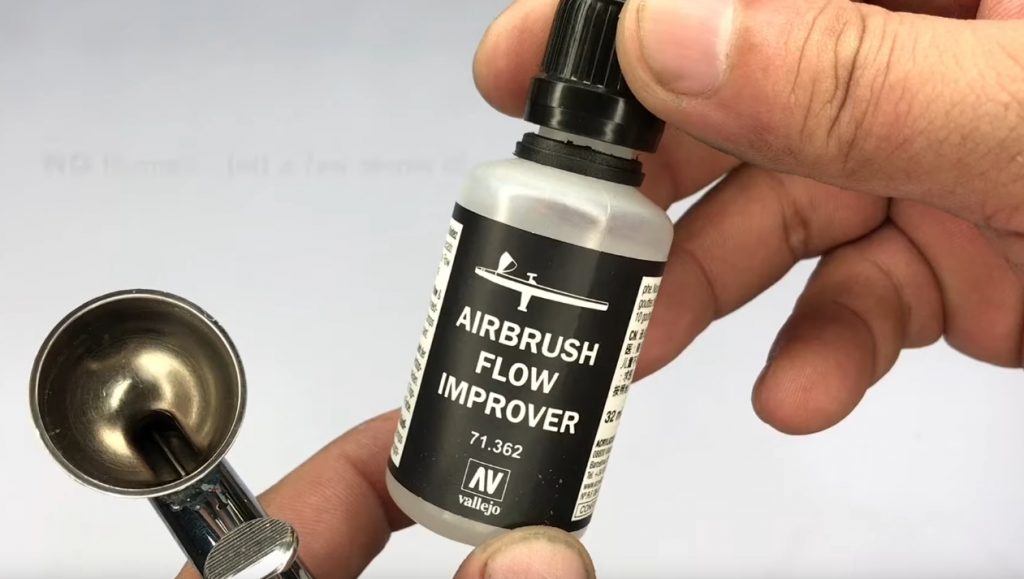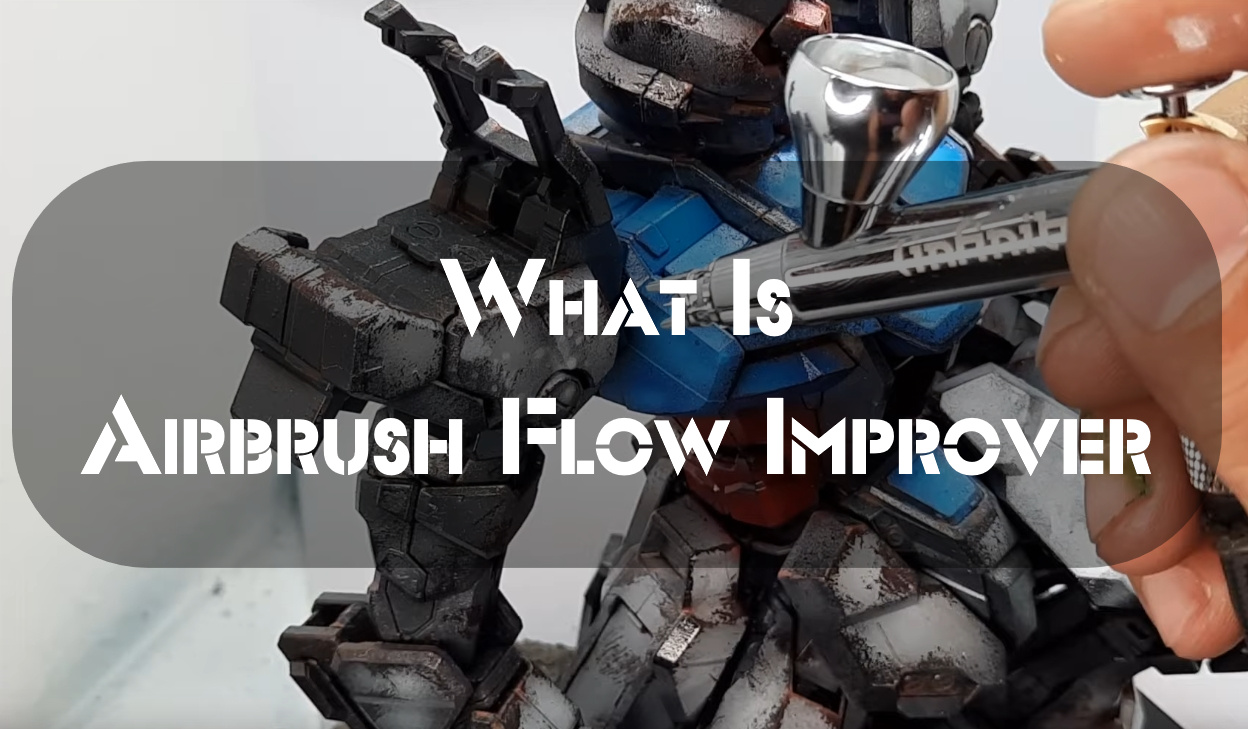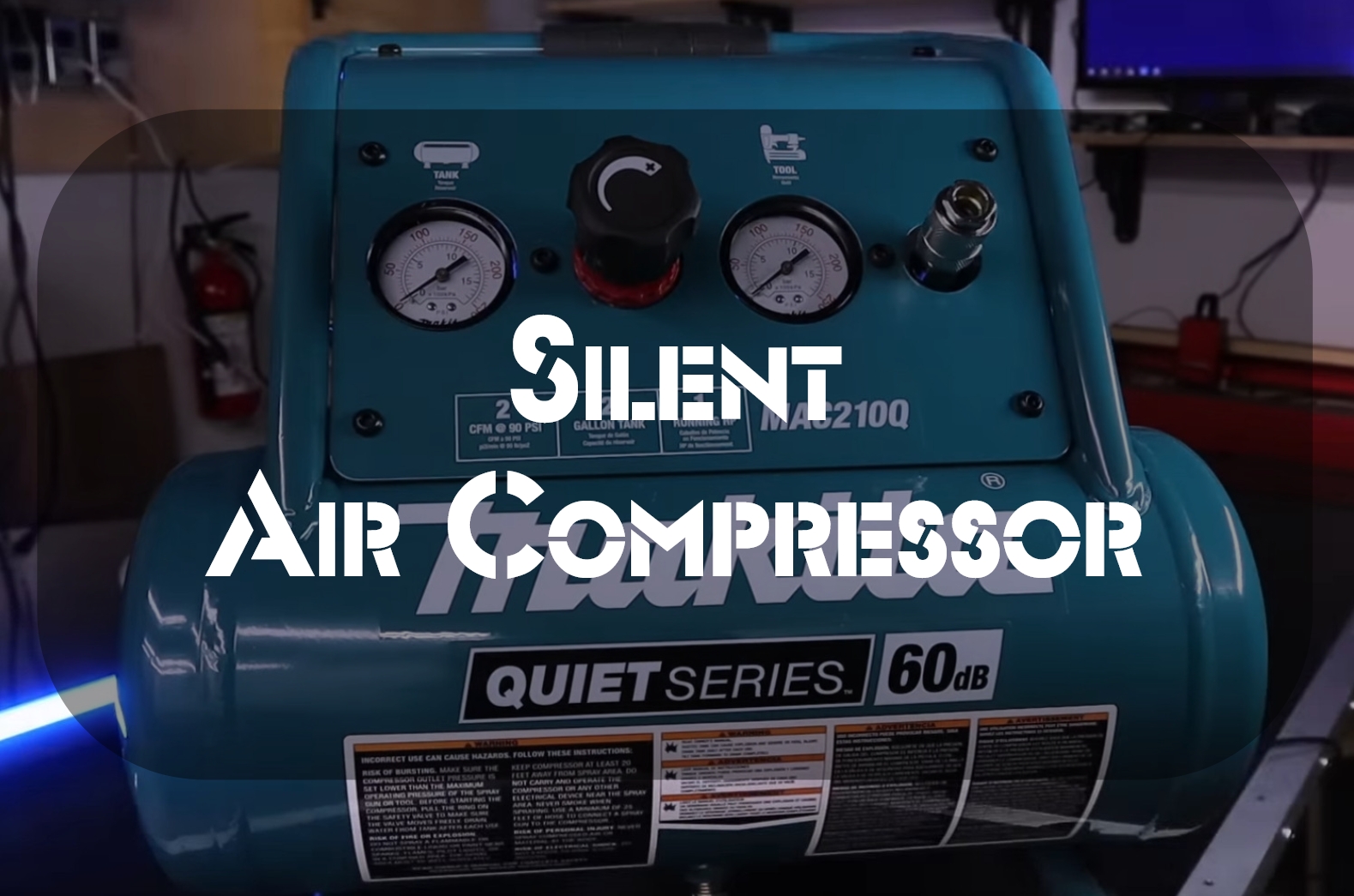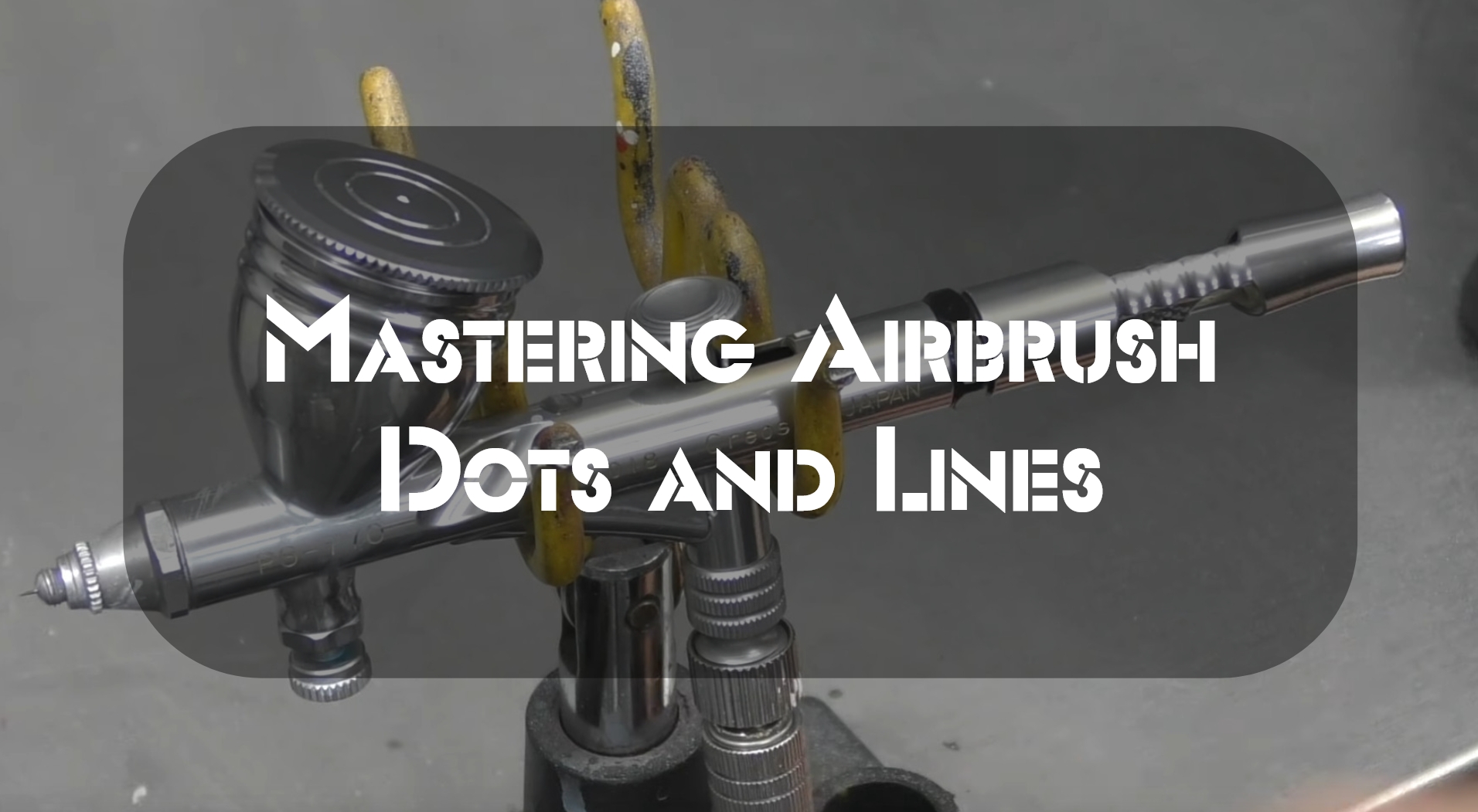Hey guys! If you’re an airbrush enthusiast like myself, you understand the struggles of trying to get that perfect paint flow. You know, the one where it’s not too heavy and not too light, but just right. Well, let me introduce you to my new best friend – the airbrush flow improver. This little bottle of magic has seriously changed my game, and I guarantee it’ll do the same for you.
I remember when I first started airbrushing. I was constantly battling with uneven paint flow and it was driving me crazy. I mean, who wants a painting full of streaks and blotches, right? It wasn’t until a fellow airbrush artist recommended I try the flow improver that I finally found a solution to my problem. And let me tell you, it’s been a game-changer.
But what exactly is airbrush flow improver? Essentially, it’s a liquid that you add to your paint to help regulate the flow and make it smoother and more consistent. It’s like having a personal assistant for your airbrush, making sure everything runs smoothly.
I know what you’re thinking, “Okay, that sounds great and all, but how do I know if it’s right for me?” My answer is simple – give it a try! What do you have to lose? I promise you won’t regret it. And if you do happen to have any issues, just proofread your work before putting the final touch on it.
What is Flow Improver?
Flow improver, also known as flow aid, is a product to help the paint be sprayed better. It also makes it easier to use the airbrush.
Flow improvers are commonly made up of compounds that lower the surface tension of the paint. This makes it easier for the paint to flow out of the airbrush and onto the surface. Some flow improvers also contain retarders which slow down the drying time of the paint. This can help to prevent the paint from drying before it touches the surface, which can cause problems like powdery deposits on the finished work.
The main goal of a flow improver is to break the surface tension. This means that you can use slightly thicker paint than you would usually use when airbrushing, as there will be less tension between the inner wall of the airbrush and the paint.
This is a useful article about paint thinners and airbrush paint reducer. You will learn the difference between them.
What Is Airbrush Flow Improver Made Of?
Many airbrush flow improver products include 2-butoxyethanol, propylene glycol and/or other surfactants to help the paint flow better. People think these products also contain a retarder to slow the drying time and help prevent the paint from sticking to the tip of the airbrush.
I believe that 2-butoxyethanol and Propylene glycol are used in flow improvers/flow aids because of their surfactant properties.
Some people think that the flow aids available on the market are diluted with distilled water. This means that only 10% or less of the product has a beneficial compound. Keep in mind that this is only a theory. The safety data sheets do not include all ingredients and ratios, so the information may be incomplete.
How Does it Work?
When you add a flow improver to your paint, it lowers the surface tension. This means the paint can flow easily through the airbrush and onto the surface. The main goal of using a flow improver is to make it easier to use the airbrush and achieve better results.
Some flow improvers also contain retarders which slow down the drying time of the paint. This can help to prevent the paint from drying before it touches the surface, which can cause problems like powdery deposits on the finished work.
How to Use It
To use an airbrush flow improver, add a few drops to your paint and mix it well. The amount you need will vary depending on the paint you’re using and the desired results. Start with a small amount and increase as needed until you achieve the desired consistency. Once mixed, your paint should be ready to use immediately.
The airbrush flow enhancer can be used to:
- To improve the flow of airbrush paint.
- To achieve a smoother, more consistent spray pattern.
- To prevent clogging
- To minimize overspray
When to Use Airbrush Flow Improver
There is no definitive answer to when you should start using an airbrush flow improver. However, many artists find that it helps them achieve a smoother paint application and better coverage sooner than they would without it. Additionally, using an airbrush flow improver can help you avoid thinning your paint too much, saving you time and money.
The intent of a flow improver is to decrease surface tension, which improves fluidity.
Adding a flow improver to your paint shelf can help you when you are painting. The improver will help the paint to be less thick and to stick to the surface better.
But consider this if the thinner you are currently using does not already have surfactant compounds.
You don’t need to use a flow aid if you have a reducer.
You might want to research the airbrush thinner you’re using. Find the Safety Data Sheet and see what ingredients are being used. If any of them relate to a decrease in surface tension or decreased dry time, that could be why your paintings are taking longer to dry.
Benefits of Using Airbrush Flow Improver
There are several benefits to using an airbrush flow improver, including:
- Easier paint application: The main goal of a flow improver is to make the paint easier to apply. This can save you time and frustration, especially if you are new to airbrushing.
- Smoother spray pattern: A smoother spray pattern can help you achieve better results with your airbrush projects. Flow improvers help break down the paint’s surface tension, which results in a more even spray.
- Prevention of clogging: Clogged airbrushes are one of the most common problems airbrush artists face. Flow improvers can help to prevent clogging by keeping the paint suspended in the water longer and preventing it from settling out or clumping together.
- Minimized overspray: Overspray is another common problem with airbrushing. Flow improvers can help minimize overspray by reducing the amount of paint released from the airbrush.
- Improved coverage: Flow improvers can help you achieve better coverage with your airbrush projects. By breaking down the surface tension of the paint, flow improvers make it possible for the paint to merge more easily, resulting in a smoother, more even spray.
Airbrush flow improver can be a great addition to your airbrush supplies. It can help you achieve better project results and save you time and frustration. If you are new to airbrushing, consider adding a flow improver to your paint shelf. You’ll be glad you did!
Brands

There are many brands of airbrush flow improvers on the market. Some of the more popular brands are Iwata, Grex, and Devilbiss.
Each brand has its own strengths and weaknesses, so it’s important to do your research before purchasing an airbrush flow improver.
- Iwata – makes a great product that is very user-friendly. The downside to Iwata is that its products can be expensive.
- Grex – makes a high-quality product that is very affordable. The downside to Grex is that its customer service can be lacking.
- Devilbiss – makes a great product that is both user-friendly and affordable. The only downside to Devilbiss is that they have a smaller selection of products.
No matter which brand you choose, research and purchase a product that will work best for you and your airbrush.
Airbrush Flow Improver vs Thinner
Airbrush thinner is used to make the paint less thick. Flow improver makes the paint less sticky and helps it dry faster so that the tip of the airbrush does not get dry.
There is a difference between viscosity and surface tension. For example, water has both properties. This means that drip water on a flat surface will hold a dome shape instead of dispersing flat with the surface.
I’ve seen both airbrush paint and thinners sold separately. I would assume that most airbrush paint manufacturers include a surfactant compound in their thinners to help with surface tension. Only a few companies produce a specific flow aid product, aside from their reducers. Most just provide a reducer for their paint.
Conclusion
After a thorough analysis and meticulous evaluation, it is unequivocally evident that an airbrush flow improver constitutes a formidable instrument for enhancing one’s airbrushing prowess. Its intuitive and effortless usage delivers a stunning finish to your projects, making it a quintessential item for airbrushing connoisseurs. It is with the utmost sincerity that I extol the virtues of this product and strongly encourage all aspirants seeking to refine their airbrushing technique to acquire this remarkable implement without hesitation.
FAQ
How to store airbrush flow improver
The best way to store airbrush flow improver is in a cool, dark place. Airbrush flow improver should be kept from extreme heat or cold, and it should not be exposed to light for long periods.
What is the difference between airbrush thinner and flow improver?
Airbrush thinner is used to thin the paint and help it flow more easily through the airbrush. Flow improver is a product that is added to the paint to help it flow more easily through the airbrush and to achieve better coverage.
What is a flow improver made of?
Flow improver is typically made up of ingredients that help break down the paint’s surface tension, making it easier to apply. It can also include ingredients that help to prevent clogging and minimize overspray.
Can I use flow improver as thinner?
Yes, a flow improver can be used as a thinner for airbrush paint. It helps to thin the paint and make it easier to apply.
Hey there! I’m Richard Baker, a miniature painter who’s been in the game for a solid decade now. I’ve been painting miniatures for ten years and I’ve got a ton of tips and tricks to share with you all. My website is a treasure trove of knowledge that I’ve gathered from both my own personal experiences and from reading all sorts of books.





Leave a Reply